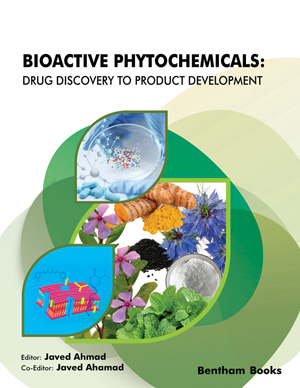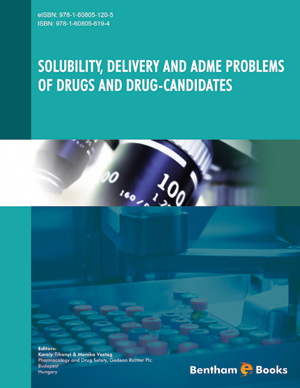Abstract
The present study evaluated biological and physical contamination in terms of microbes and toxic metal, respectively, in eight antidiabetic herbal medicines (ADHMs) from different markets in Dhaka City, Bangladesh. Coliform, E. coli, Salmonella spp. and Listeria spp. were absent in all ADHMs. However, aerobic bacterial count of all the samples of yeasts and molds in some samples fails to satisfy safe limits set by different regulatory standards. Among the nine metals [Copper (Cu), Zinc (Zn), Lead (Pb), Manganese (Mn), Chromium (Cr), Iron (Fe), Cadmium (Cd), Nickel (Ni), and Arsenic (As)] investigated, Cu, Zn, Pb, Cr, Ni content was in safe limit according to different pharmacopoeia and WHO guidelines. Among all the regulatory authorities, only the Health Sciences Authority (HSA), Singapore claims the Cd content is above the permissible limit in all the samples except ADHM-4. Chinese pharmacopoeia restricts the use of ADHM-1, ADHM-2 and ADHM-8 because of unacceptable arsenic (As) contamination. All the targeted antidiabetic herbal medicines (ADHMs) were found to retain an unacceptable level of Mn, ranging from 0.44±0.01 to 4.17±0.03 ppm. Metals contamination poses potential risks to human health and regulatory authorities not only should impose a restriction on the use of the medicines but also direct guidelines to keep the drugs safe.
Keywords: ADHMs, Human health and drug safety, Metal toxicity, Microbes.






















